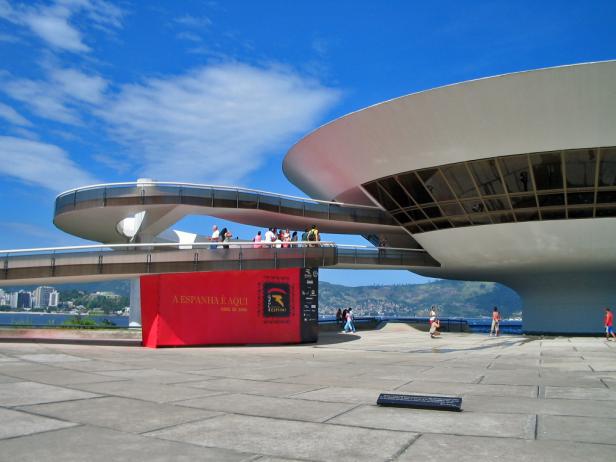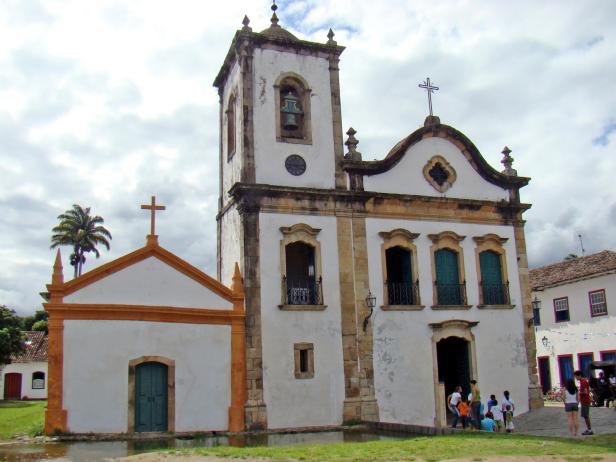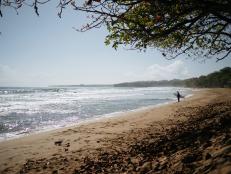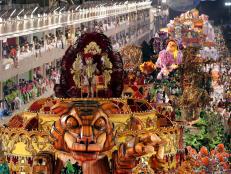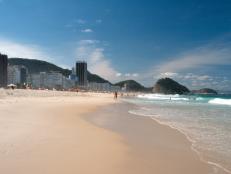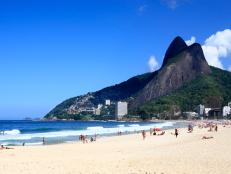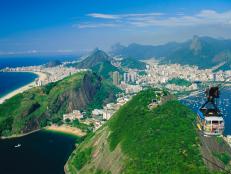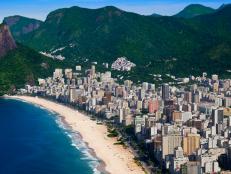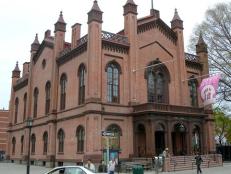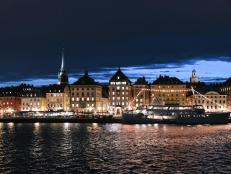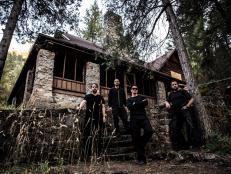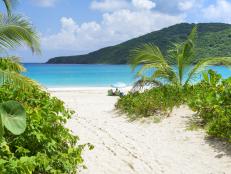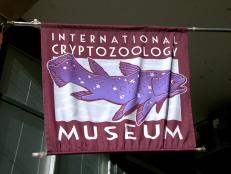Fun Day Trips From Rio
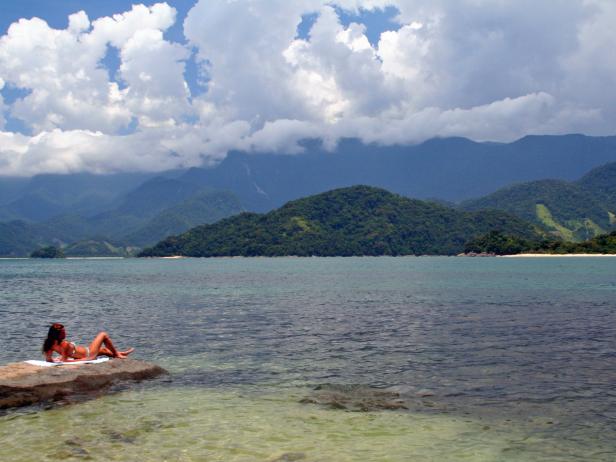
C. Quandt Photography / Getty Images
It could be due to the crowds of tourists, the high temperatures, or just a need for a change of scenery, but eventually, everyone needs to spend some time outside of Rio de Janeiro, if only for a day. Luckily, there is history, culture, and even beaches, within a few hours’ drive of the 'Marvelous City'.
Angra dos Reis
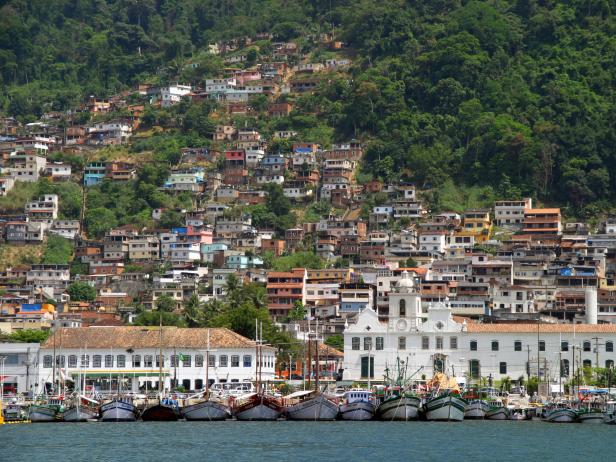
Jason Vigneron / Getty Images
Two hours away from Rio is the stunning “Bay of Kings,” Angra dos Reis. Ringing a pristine, turquoise bay, with some 365 islands and countless beaches, Angra enchants all who visit. The largest of the islands, the aptly named Ilha Grande, rises out of the sea like a giant tortoise, green and impressive. The island features one of Brazil’s most exclusive bifurcated biological reserves—the Reserva Biológica Estadual da Praia do Sul on land and the Parque Marinho do Aventureiro on the ocean—with lush vegetation and wildlife, sparkling water and marine life, and four picture perfect beaches connecting the 2 parks.
Ferries traverse the bay, connecting the islands with the town of Angra dos Reis itself, a posh, intimate enclave with a few colonial churches and many upscale residences; Angra is known to be a haunt of the rich and famous. Dotted throughout the archipelago and along the jagged coastline are hotels and resorts, but the place rarely gets too crowded. Angra’s reputation for exclusivity keeps the masses at bay, while you work on your suntan or splash around in the King’s bay.
Niterói
Facing Rio from across Guanabara Bay like the younger sister who isn’t yet old enough to go to the dance, Niterói’s budding charms are still quite evident. The city’s iconic Museum of Contemporary Art, designed by renowned native son Oscar Niemeyer, sits atop a rocky outcropping in the bay like a flying saucer poised for take-off. While technically in a different city altogether, the museum’s striking design has indeed placed it among Rio’s landmarks, and it is often photographed from the east with Sugar Loaf in the background.
Niterói is also quite possibly the most important Brazilian city you’ve never heard of. With half-a-million people, its history dates back to 1573, but Niterói served as the capital of Rio de Janeiro province, then state, for most of the period between 1834 and 1975. This historical legacy can be seen in the city’s lovely art nouveau architecture, such as the elaborate Palácio dos Correios (the former postal headquarters-turned-cultural center) and the João Caetano Municipal Theatre, constructed in the early 1900s.
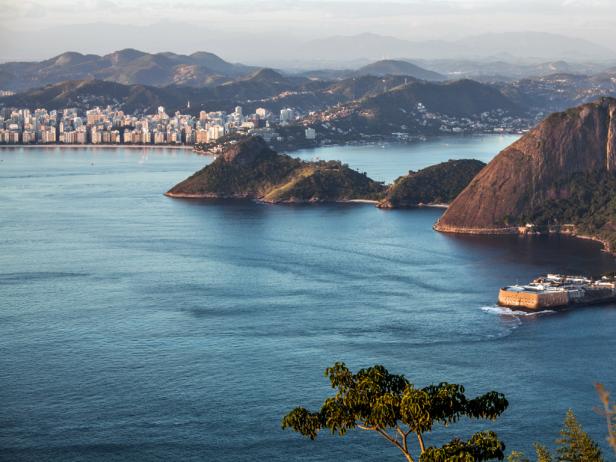
mattpaul / Getty Images
Architecture aside, Niterói also has a string of clean, pleasant urban beaches, and a buzzing city center with shops and restaurants to sate any hungers worked up during a day of touring. While the long bridge extending east from downtown Rio is the quickest way to get to Niterói, the ferry is the more exciting route across the bay, with sweeping views of both cities, making for perfect picture-taking opportunities.
Paraty
Quiet and stately, the whitewashed colonial-era buildings of Paraty seem to float like foam on the surface of the Bay of Ilha Grande. A town of cobblestone streets, baroque churches, and barely 35,000 people, Paraty had been a terminus of the Trail of Gold during the 18th and 19th centuries, a stony, grueling highway for supplies and slaves entering the mines of landlocked Minas Gerais state and for gold exiting those same mines. Nowadays, the town finds its fortunes in the visitors who come to soak up the atmosphere of a bygone era, when Brazil was still at the edges of the world.
Aside from hiking parts of the Trail of Gold, visitors can explore several of the remarkable churches that were built in Paraty over the past 5 centuries: the elegant Chapel of Santa Rita, with its curved gable and bell-tower, is among the most notable. Travelers feeling a bit bookish at the right time of year can also attend Brazil’s best-known literary festival, the Festa Literária Internacional de Paraty or FLIP, which brings internationally renowned authors, editors, and storytellers to town annually; past guests have included Isabel Allende and Salman Rushdie.
Petrópolis
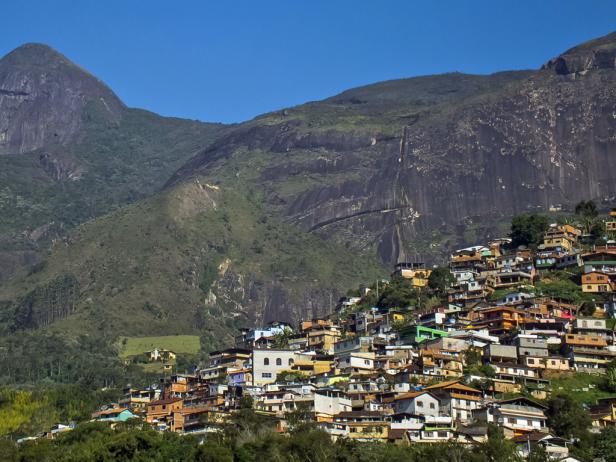
CGKersten / Getty Images
Barely an hour away from Rio, the colonial, nay imperial, city of Petrópolis was once to the imperial court of Brazil what the Hamptons are to American aristocracy. Tucked away in the cool, verdant mountains just to the north of Rio, Petrópolis was established as the summer residence of 19th century Brazilian emperors fleeing the sweltering capital.
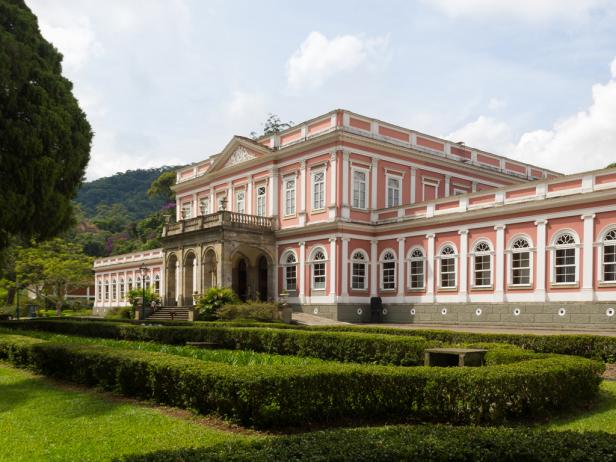
Maximilian Müller / Getty Images
Even today, and despite tragic flooding and landslides during the summer of 2011, the town’s landmarks are every bit as regal as they ever were. The pink and white Imperial Museum, housed in the former summer palace of Emperor Pedro II, showcases paintings, objets d’art, and other artefacts from life at the palace, while the ornate buildings in the historical center of town transport visitors back centuries.
